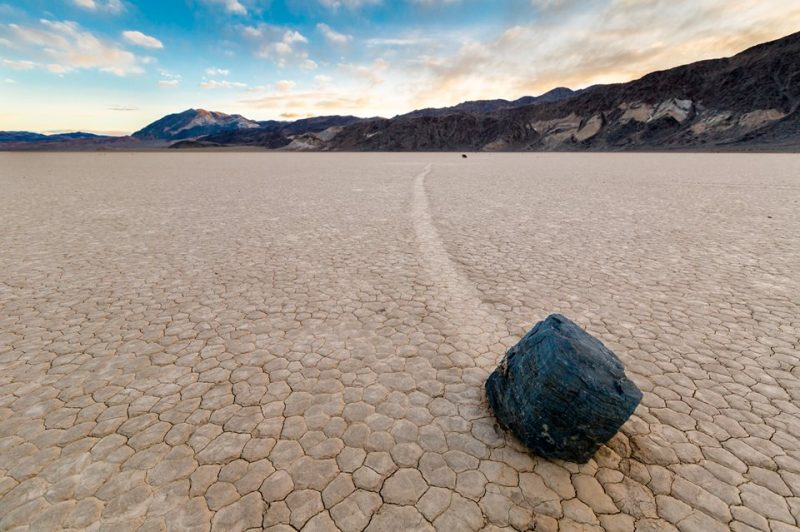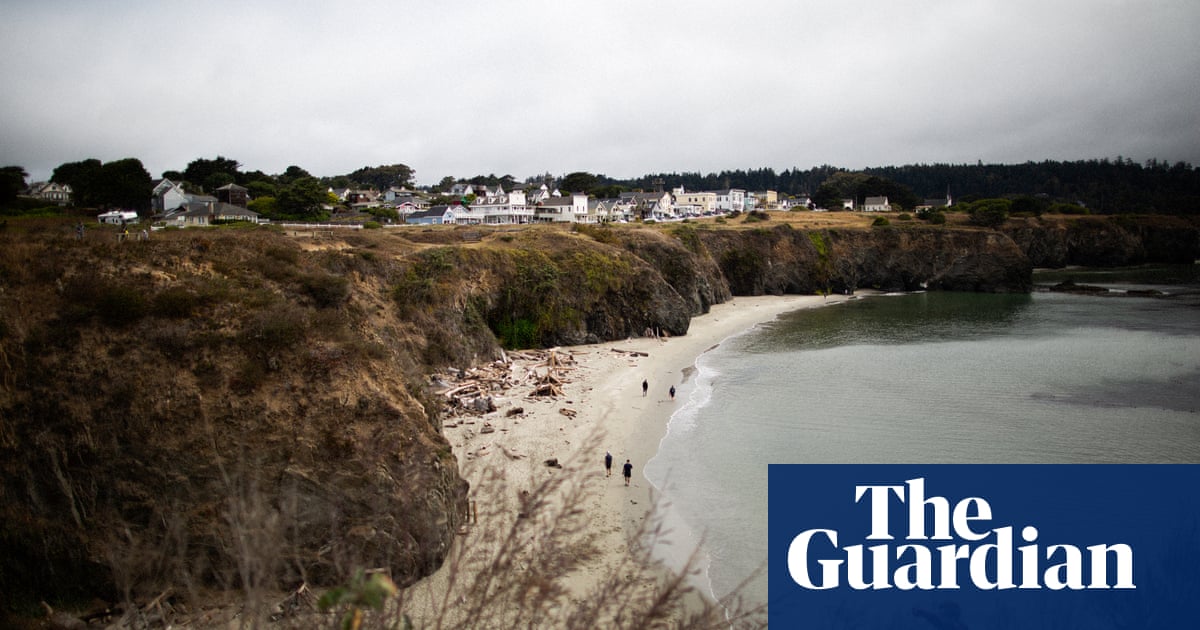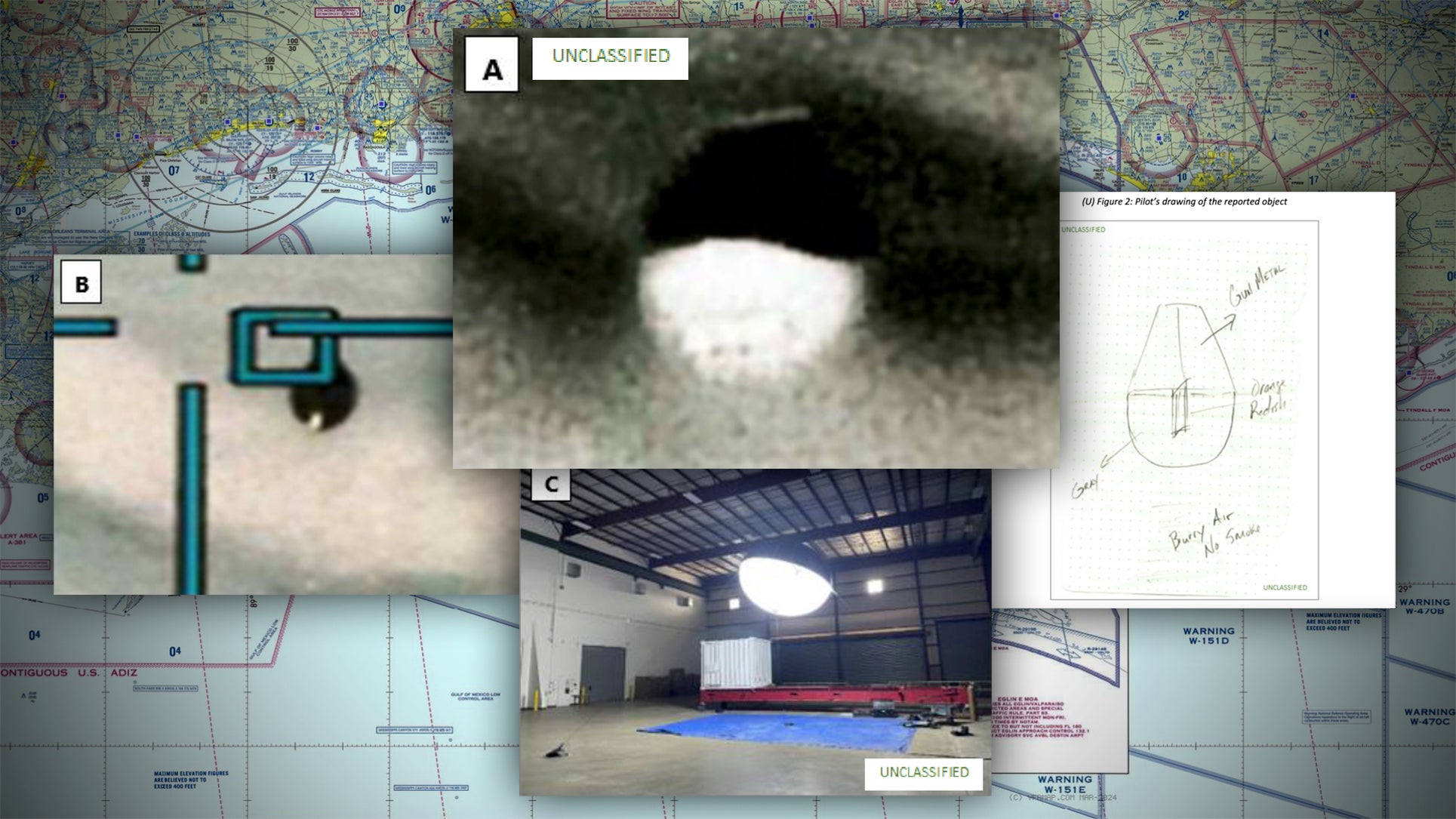Melting Snow Usually Means Water For The West. But This Year, It Might Not Be Enough
There's still snow in Colorado's mountains near the headwaters of the South Platte River, and Brian Domonkos has strapped on a pair of cross-country skis to come measure it.
He's the Colorado Snow Survey supervisor, and knowing how much snowpack is left from the winter to runoff into streams, rivers and reservoirs this summer is crucial, especially in a year when much of the West is in extreme drought. As it melts, the snowpack here will become the primary source of water for millions of people in Colorado and across the West.
Domonkos skis to specific points on what's called a snow course. He jabs a tall metal pipe into the snow to collect a core sample, then weighs it to calculate how much moisture it holds.
The snowpack at the South Platte's headwaters is over 110% of normal levels for this time of year, but that's not the case for the rest of the state. In southwest Colorado, it's less than 40% in areas that are already experiencing a historic drought.
The trend is concerning, Domonkos says, and part of how the warming climate is disrupting this delicate system in multiple ways.



















